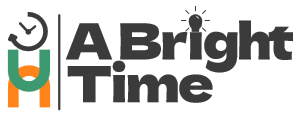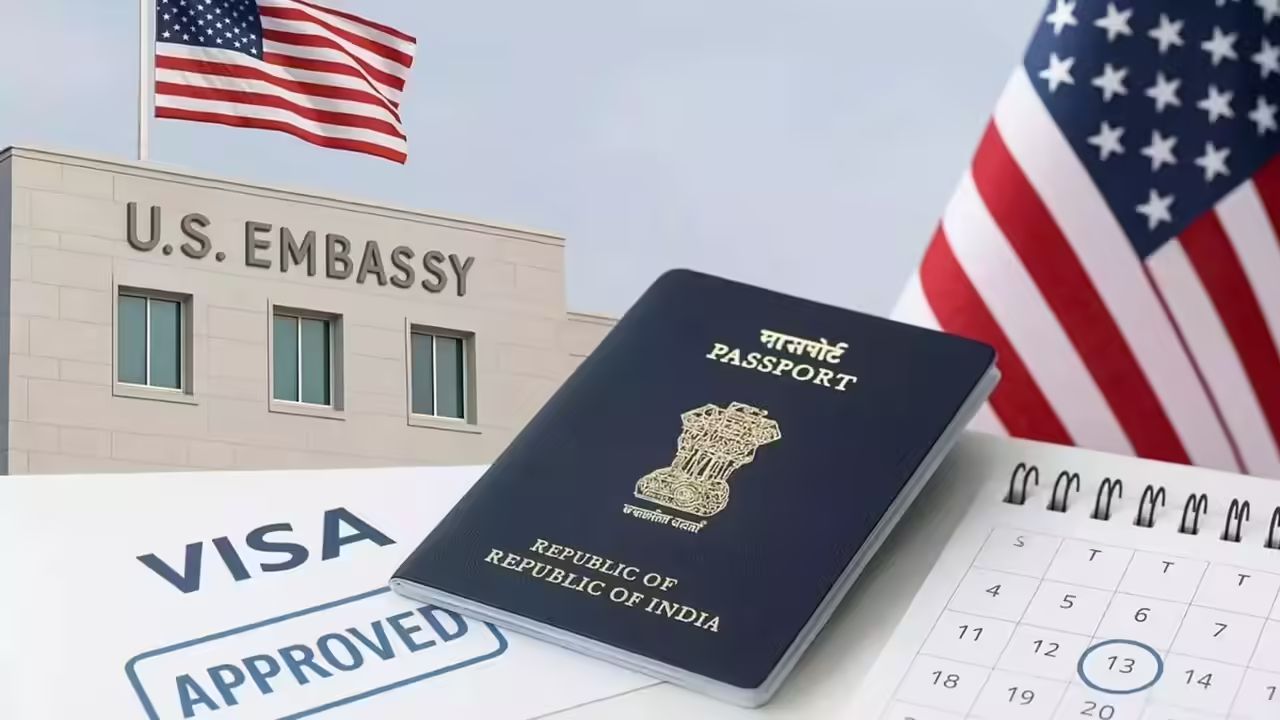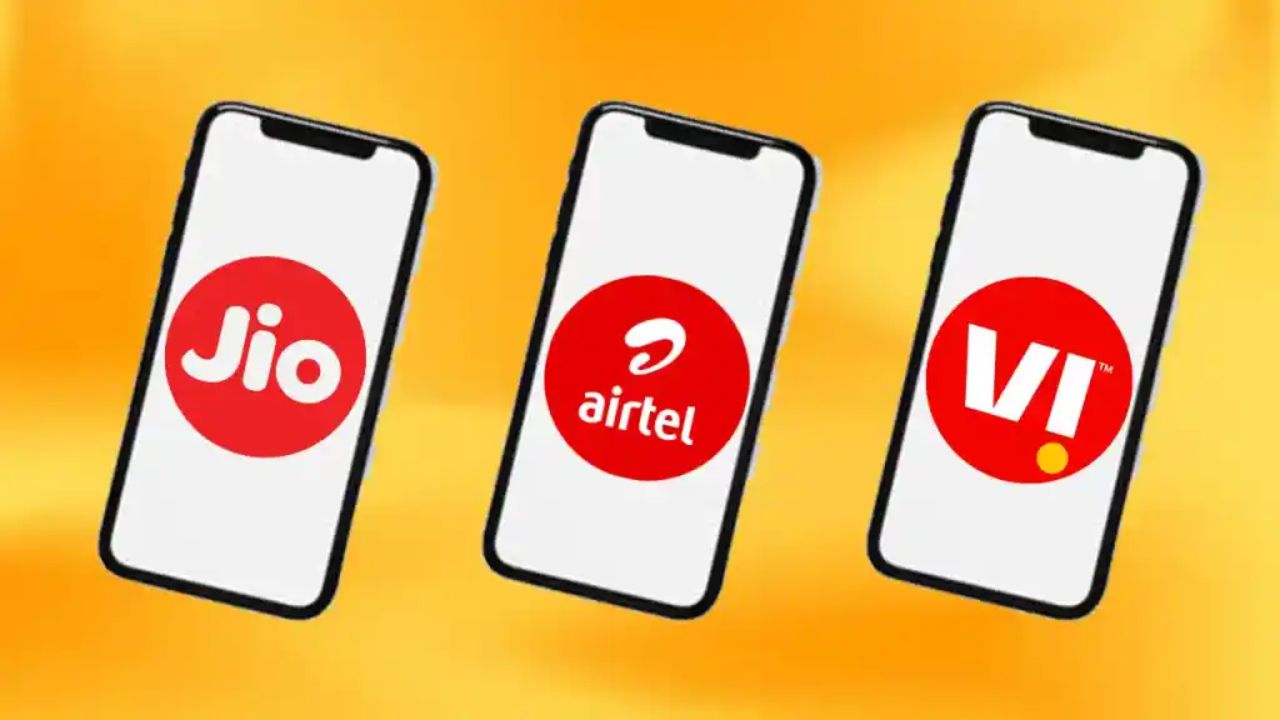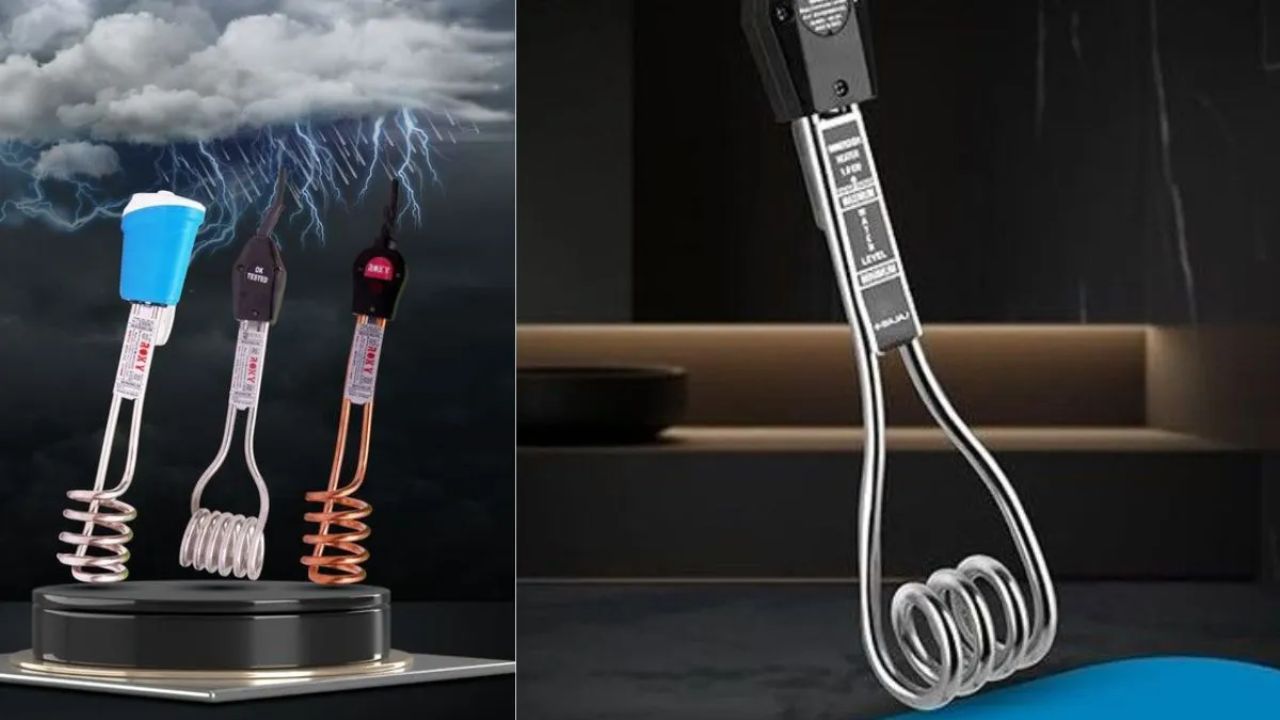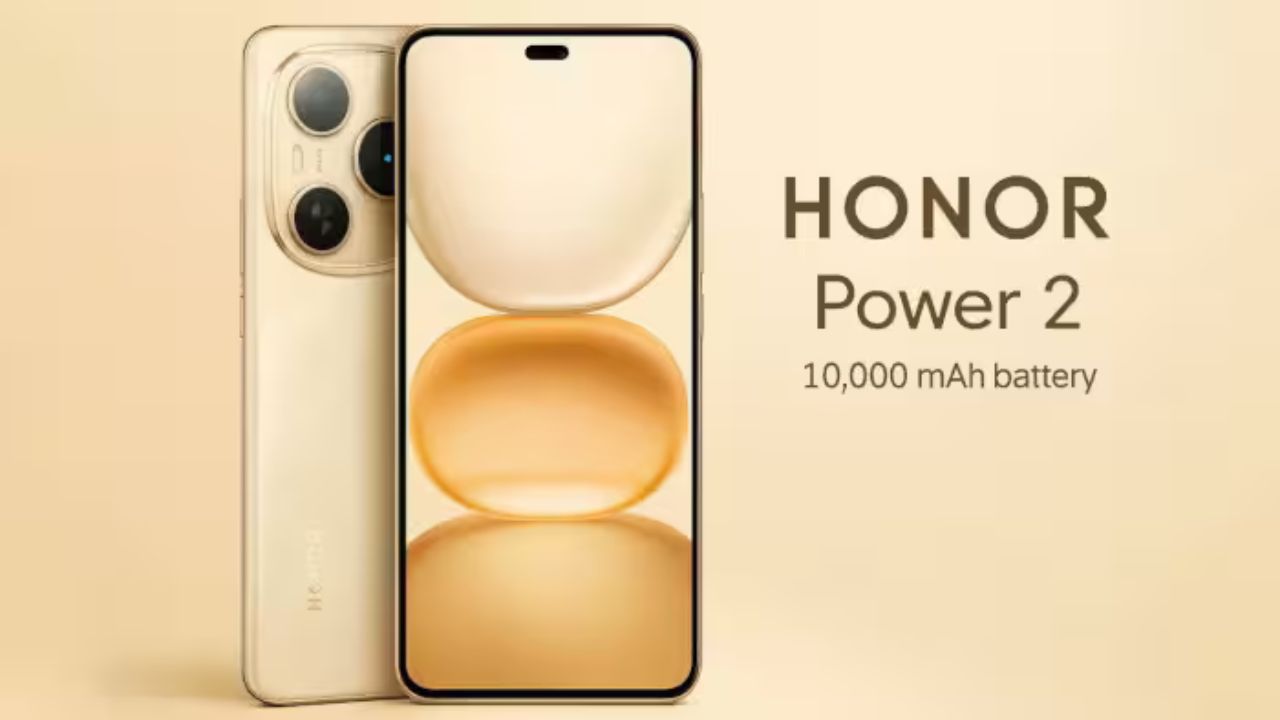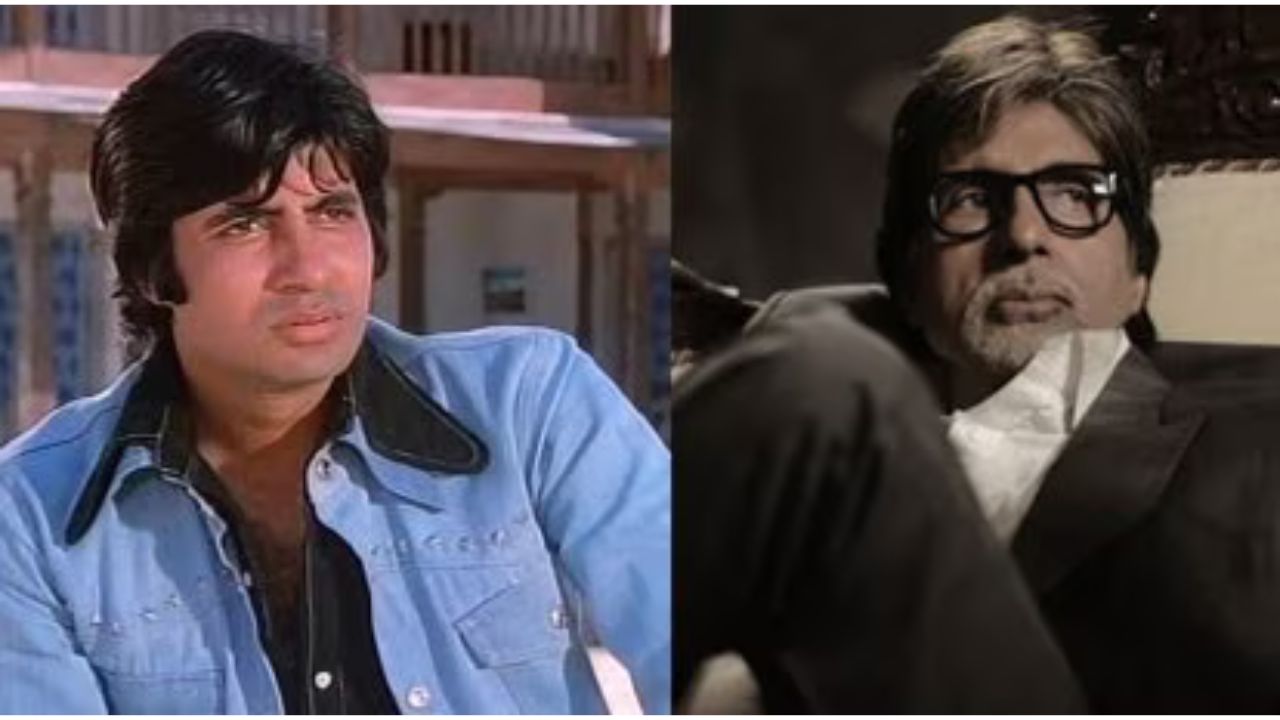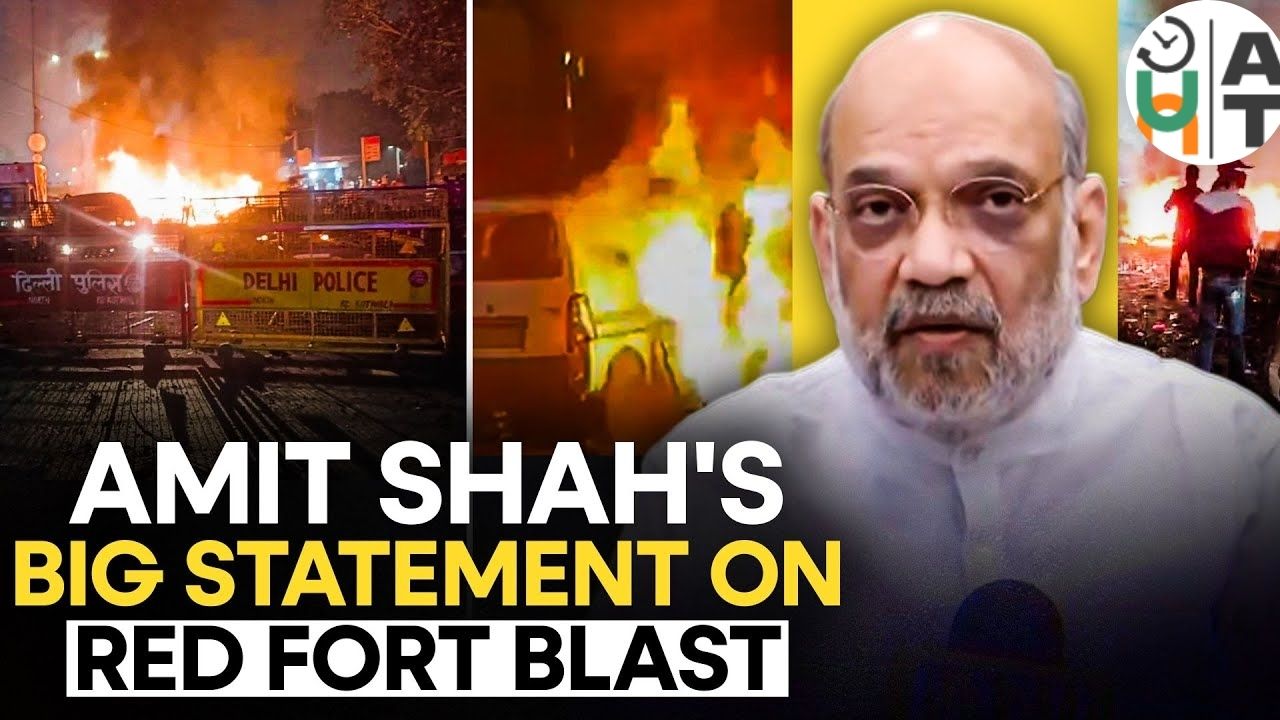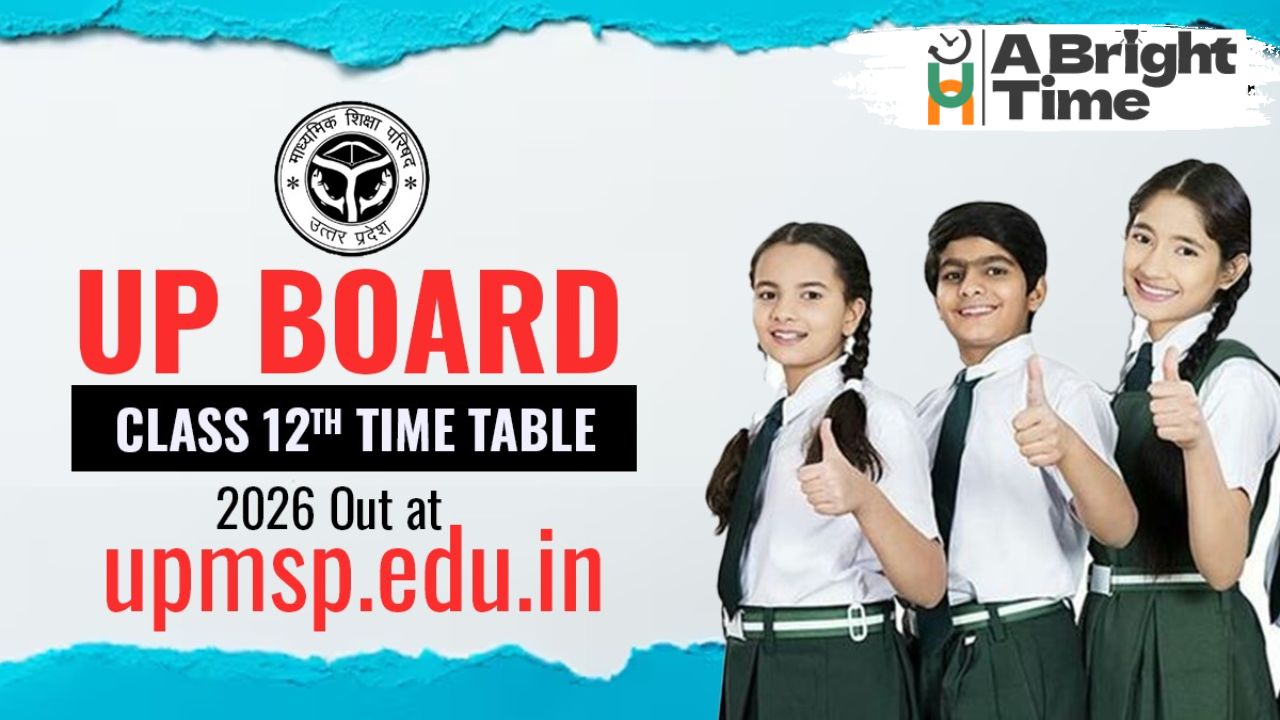Introduction: A Shocking 60-Second Decision That Went Viral
Welcome to A Bright Time! So, how are you guys today? Well, we’ve got some breaking and rather concerning news to share one that’s creating waves across India’s tech and travel communities.
US Visa Refused in Under a Minute A senior Indian tech professional, a respected technical lead in cloud technologies, recently revealed on a public forum that his B1/B2 US visa application was denied in under a minute at the US Embassy in New Delhi. The purpose of his visit was simple — to attend a major industry conference, an event where he was scheduled to deliver a technical presentation.
However, what shocked everyone was how quickly the refusal happened — barely 60 seconds into the interview. The official glanced at his documents, asked one or two standard questions, and uttered the dreaded words: “Your visa is refused under Section 214(b).”
This short encounter has reignited debates about US visa transparency, the increasing rate of refusals, and whether qualified Indian professionals are being treated fairly in the current global visa landscape.
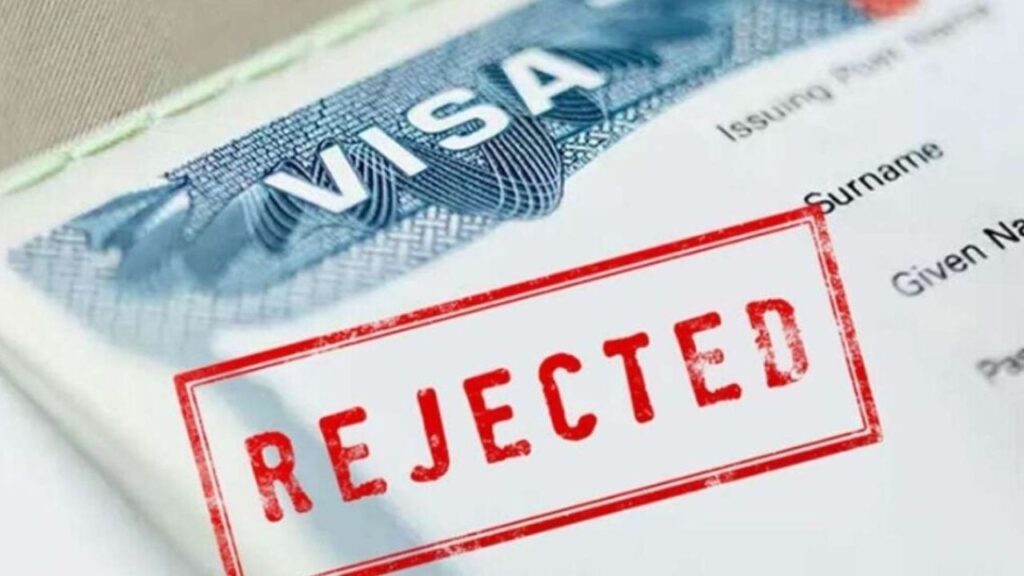
Understanding the Incident: The 60-Second Refusal That Sparked Debate
The applicant — let’s call him Ravi (name changed for privacy) — had all the right credentials: a stable job at a multinational company, an invitation to speak at a top-tier US tech event, valid financial documentation, and prior international travel history.
Yet, despite these strong indicators of credibility, his visa was denied within seconds. He later shared on a forum:
“The officer barely looked at my papers. He asked where I was going, why, and after hearing my response, simply said the visa is refused. It didn’t even take a full minute.”
This has become a common story among Indian applicants, especially after the pandemic, with refusal rates for B1/B2 visas reportedly increasing due to tighter scrutiny and a massive backlog at consulates.
While many accept that refusals can happen, the speed and lack of clarity surrounding them is what frustrates applicants the most.
What Happens If My US Visa Is Refused?
Getting your US visa refused can be disheartening, but it’s important to understand that a refusal doesn’t always mean a permanent rejection.
In most cases, tourist and business visa refusals fall under Section 214(b) of the US Immigration and Nationality Act (INA). This section states that every applicant is presumed to be an intending immigrant unless they can convince the officer otherwise — in other words, you must demonstrate strong ties to your home country that ensure you’ll return after your trip.
Here’s what happens next:
- You receive a refusal notice: The consular officer gives you a printed sheet citing the relevant section (most often 214(b)).
- No appeal process: Unfortunately, there’s no formal appeal for nonimmigrant visa refusals.
- You can reapply anytime: You may submit a new application with fresh DS-160 form and fee.
- Stronger documentation needed: During the next interview, you must clearly address the reason for the initial refusal — either by showing stronger home ties, more travel history, or updated purpose of visit.
- Refusal is not a ban: You can reapply multiple times; many applicants eventually succeed after improving their case.
In short, a refusal means the officer wasn’t convinced at that moment — not that you can never get a US visa again.
Why Does My US Visa Status Say “Refused”?
After a visa interview, applicants often check their case status online at the Consular Electronic Application Center (CEAC). Seeing the word “Refused” can be confusing, but it doesn’t always mean your application has been permanently denied.
Let’s break it down:
- Refused (214(b)): Most common. It means the officer wasn’t satisfied with your intent, purpose, or ties.
- Refused (Administrative Processing – 221(g)): This status means your case needs further review or background checks. It can take days or weeks before a decision is made.
- Refused but Reconsidered: Sometimes, if additional documents are requested and accepted, your status may later change to “Issued.”
The CEAC system displays “Refused” for several days, even when your case is still being reviewed. This technical quirk adds to applicants’ anxiety, but it’s part of standard procedure.
Important Note:
If your status remains “Refused” for more than two weeks with no further updates, it’s safe to assume the visa has been formally denied.
Can I Get a US Visa After Refusal?
Absolutely — yes, you can. Many successful travelers, professionals, and even business leaders have faced refusals before eventually being approved.
The key is to understand what went wrong the first time. Common reasons for refusal include:
- Weak explanation of your travel purpose.
- Insufficient evidence of financial or family ties in India.
- Nervous or unclear answers during the interview.
- Lack of previous international travel.
- Mismatch between your profile and trip purpose.
Here’s how you can improve your chances:
- Reapply after some time: Waiting a few months before reapplying can show the officer you’ve addressed earlier issues.
- Be transparent and confident: Speak clearly about your intent — especially if it’s for business, a conference, or family visit.
- Show strong home ties: Job stability, family responsibilities, property ownership, or educational commitments in India help demonstrate your intention to return.
- Carry updated documents: Include the event invitation, employer NOC, financial proof, and travel itinerary.
- Prepare for the interview: Practice answering concise, direct questions. Confidence often makes a bigger difference than documents.
There’s no limit to how many times you can apply. The US visa system evaluates each application independently, so a refusal doesn’t follow you forever.
Rising Visa Refusals: A Growing Concern for Indian Travelers
According to recent reports, India has become one of the largest sources of US visa applicants, with over 1.5 million applications annually. However, post-pandemic, the rejection rate for visitor and business visas has climbed above 30% — one of the highest in years.
Several factors contribute to this trend:
- High demand: Backlogs after COVID-19 have led to rushed interviews.
- Tightened scrutiny: US consular officers are instructed to assess applications quickly and rigorously.
- Profile mismatch: Many first-time applicants fail to demonstrate credible reasons for travel.
- Security checks: Additional screening for certain industries, including IT and cloud technologies, is becoming more common.
Experts say that while US officials are simply following immigration law, the lack of transparency in the refusal process leaves qualified candidates frustrated and confused.
Expert Views and Community Reactions
The tech worker’s story has resonated widely on professional platforms like LinkedIn and Reddit, where hundreds of Indian IT professionals shared similar experiences.
A Bangalore-based engineer commented:
“It’s heartbreaking. We prepare documents, pay thousands in fees, and travel long distances for a 60-second interview.”
Another tech consultant wrote:
“I was denied twice for a B1 visa despite being invited by my US-based employer. It feels like luck plays a bigger role than logic.”
Immigration experts, however, caution applicants against taking it personally. Visa officers handle hundreds of cases daily, and decisions often hinge on subtle cues like confidence, clarity, and documentation consistency.
What the US Embassy Says
The US Embassy in New Delhi has repeatedly clarified that every visa case is evaluated individually based on US immigration law. In an official statement earlier this year, the embassy noted:
“A refusal under Section 214(b) is not permanent. Applicants are welcome to reapply at any time with new information that may strengthen their case.”
The embassy also added that it is actively expanding interview slots and working to reduce wait times, especially for business and tourist visas.

Preparing for a Successful Reapplication
If you’ve been refused, here’s a practical checklist before reapplying:
- ✅ Reassess your travel purpose and explain it clearly.
- ✅ Strengthen your financial and professional documentation.
- ✅ Bring evidence of commitments in India (job, family, property).
- ✅ Keep your answers short, honest, and consistent.
- ✅ Avoid memorized speeches — authenticity matters more.
Also, consider applying for your next appointment in a different city consulate if slots are available sooner.
Conclusion: Hope Beyond Refusal
The viral story of the Indian tech professional denied a US visa in under a minute may sound discouraging, but it’s also a reminder that visa refusals are not the end of the road. Thousands of applicants reapply successfully each year after understanding and addressing the reasons for their previous denials.
While the US visa process remains one of the most competitive and unpredictable, preparation, patience, and persistence can make all the difference.
As global mobility becomes essential for careers and innovation, applicants like Ravi represent the new face of Indian ambition — professionals ready to contribute globally, if only given the chance.
So, if your visa was refused, remember this: one “no” today doesn’t mean “never.” Learn, prepare, and try again — your next interview might just be the one that says “Approved.”
